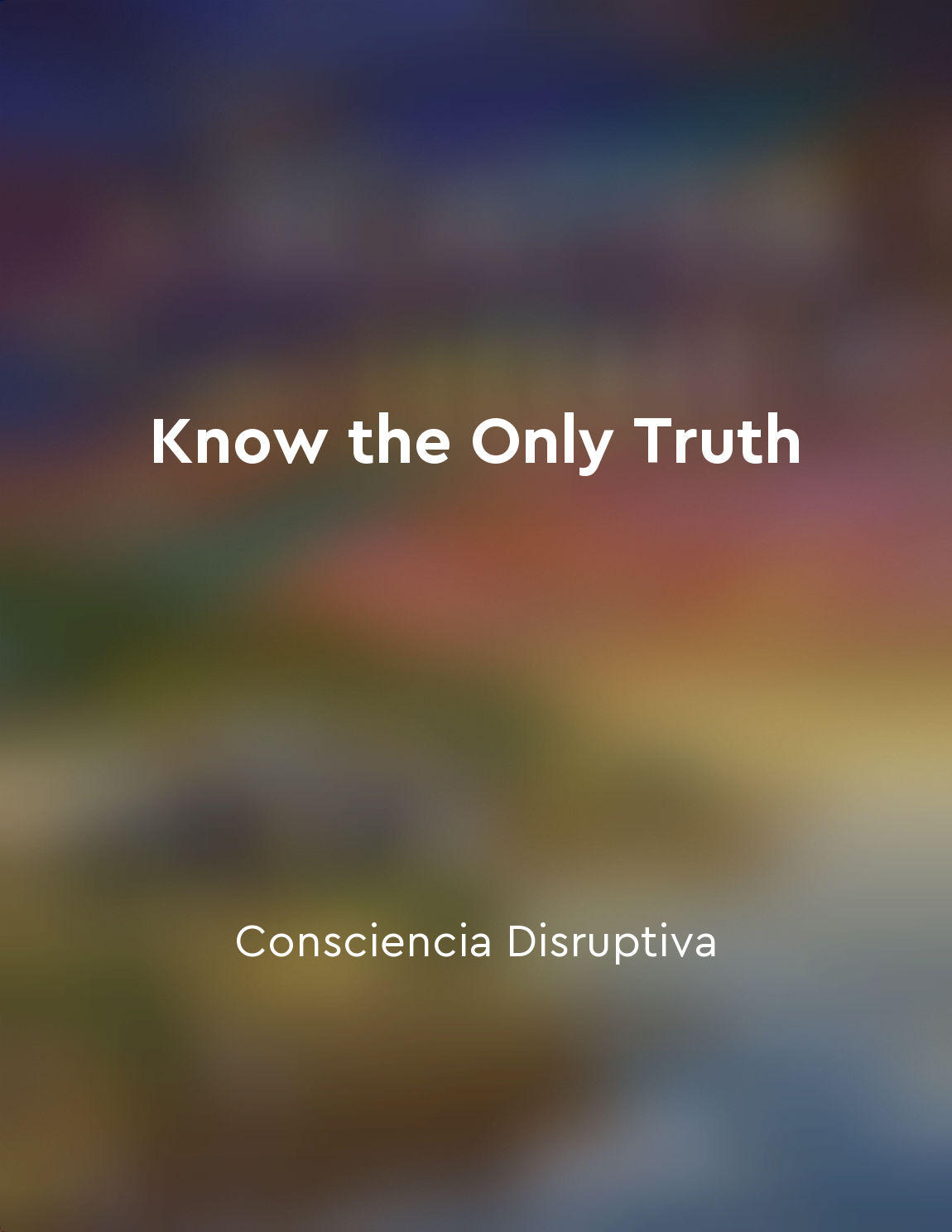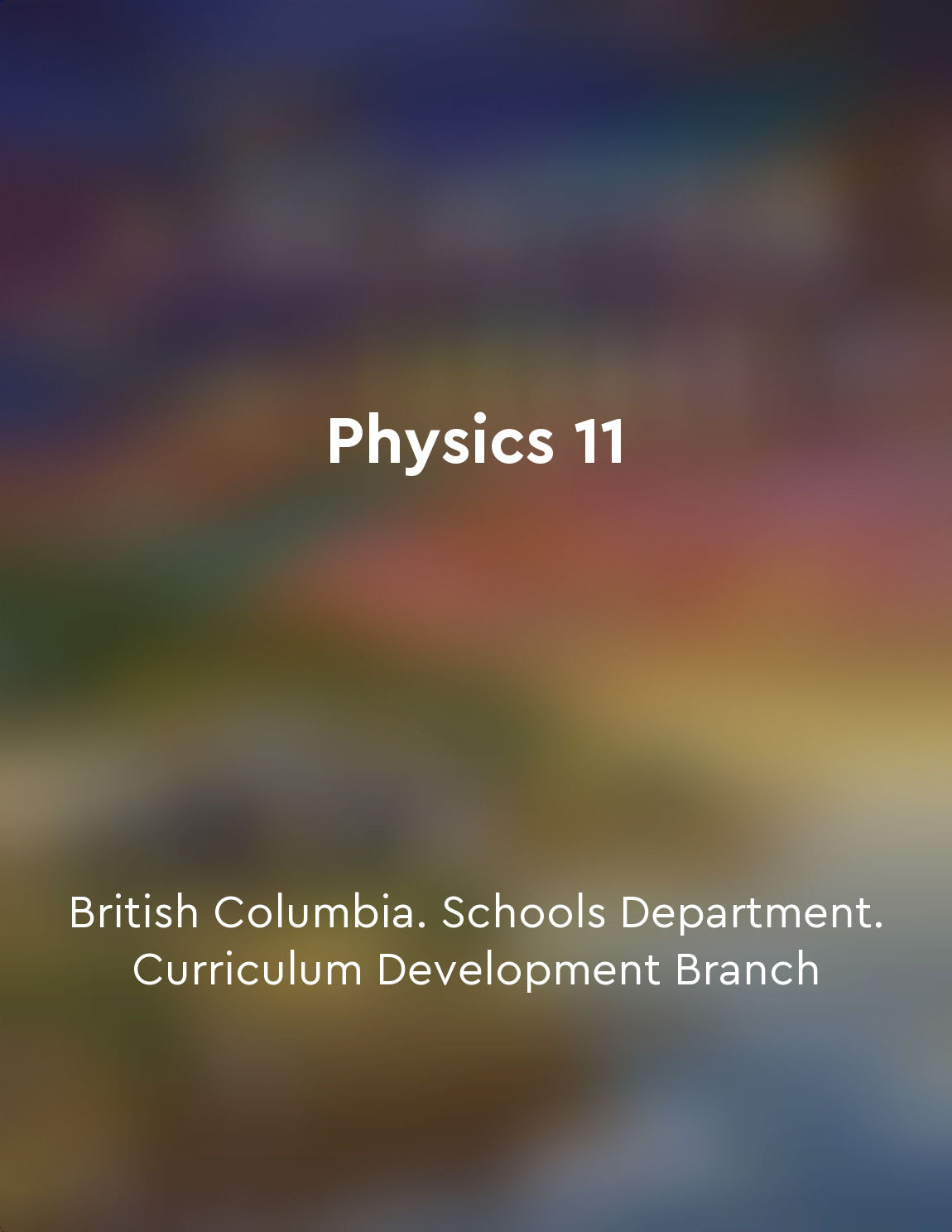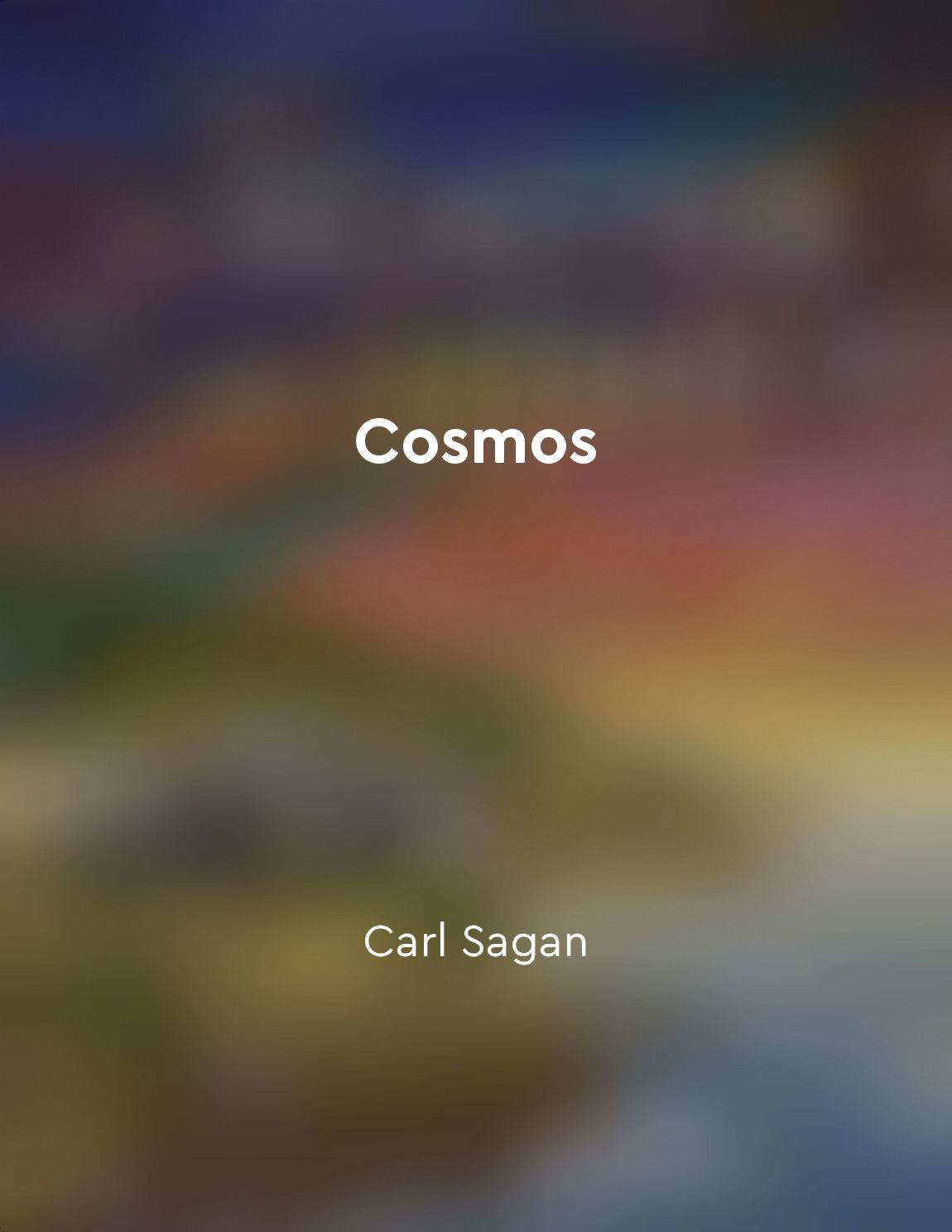The restless dance of atoms from "summary" of Seven Brief Lessons on Physics by Carlo Rovelli
The world is made up of atoms. These tiny particles are in a constant state of motion. They never cease to move, vibrating, colliding, and dancing around. This perpetual motion is what gives rise to the world that we see and experience. Atoms come together to form molecules, which in turn make up everything around us - from the air we breathe to the ground we walk on. This dance of atoms is what shapes the physical world, creating the intricate and complex structures that make up our reality. This dance is not chaotic, though it may appear so at first glance. There is a certain order to the movements of atoms, governed by the laws of physics. These laws dictate how atoms interact with each other, how they move, and how they form bonds. It is through these interactions that matter takes shape and form, creating the diverse array of substances that make up our world. While the dance of atoms may seem far removed from our everyday lives, it is actually intimately connected to everything we do. The air we breathe, the food we eat, the water we drink - all of these are made up of atoms that are constantly in motion. Our bodies are also composed of atoms, which come together to form tissues, organs, and ultimately, ourselves. Understanding the restless dance of atoms allows us to grasp the underlying principles that govern the world around us. It gives us insight into the nature of matter, the properties of substances, and the processes that shape our physical reality. By studying the movements of atoms, scientists have been able to unlock the secrets of the universe, from the tiniest particles to the vast expanse of space. It is through this dance that we come to understand the fundamental nature of reality and our place within it.Similar Posts
Power
Power is not just about who has control over resources, like money or land. It's about who gets to define what is normal, what ...

Mindfulness cultivates presence and awareness
Mindfulness is the practice of being fully present and aware of our thoughts, feelings, sensations, and surroundings without ju...

Electric charge is conserved in most interactions
When examining interactions involving electric charge, one fundamental principle stands out: the conservation of electric charg...
The fragile balance of existence
The world we inhabit is a delicate dance of particles and forces, held together by intricate relationships that maintain the fa...

Our planet is a tiny speck in the grand scheme of things
In the vastness of the cosmos, our planet appears as a mere speck of dust floating in the immensity of space. To put things int...
The fragile balance of existence
The world we inhabit is a delicate dance of particles and forces, held together by intricate relationships that maintain the fa...
Quantum foam suggests spacetime is not smooth
Quantum foam is a concept that arises from the marriage of quantum mechanics and general relativity. It suggests that at extrem...
The Periodic Table is an essential tool for chemists
The Periodic Table is like a treasure map for chemists, guiding them through the complex world of elements and their properties...
The world is not made of things
In the heart of his theory, Democritus claimed that all things are made of indivisible particles, which he called atoms. This i...
